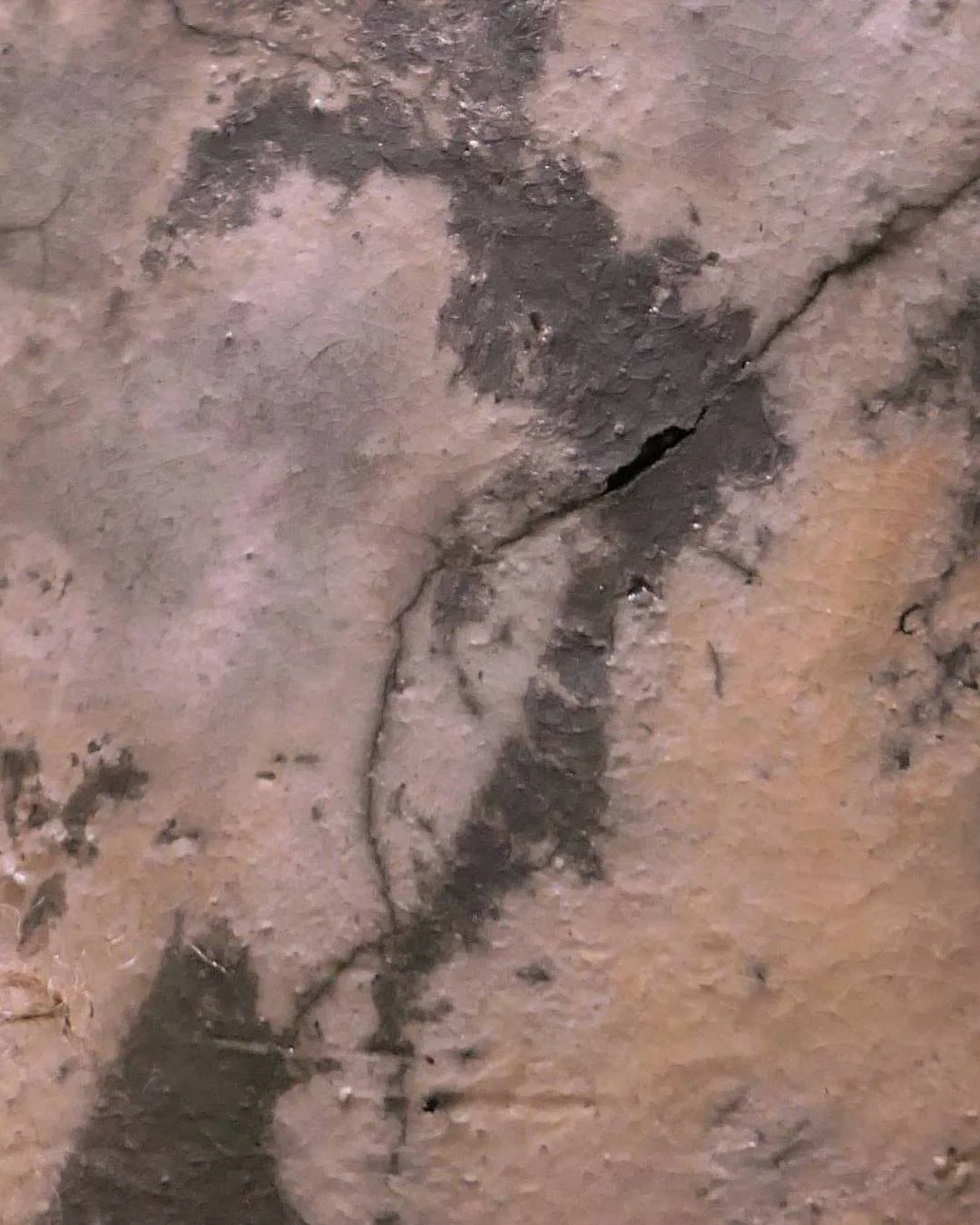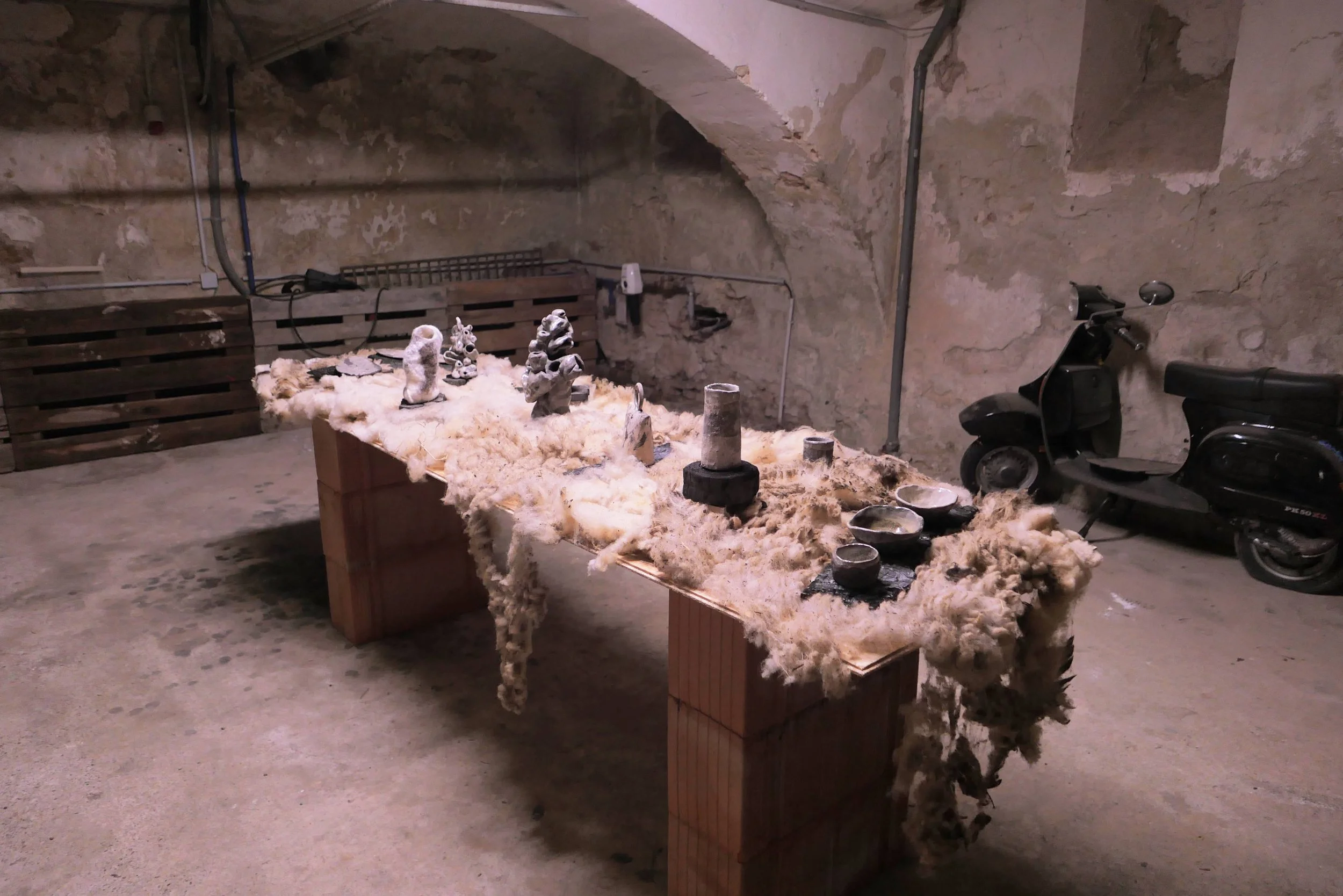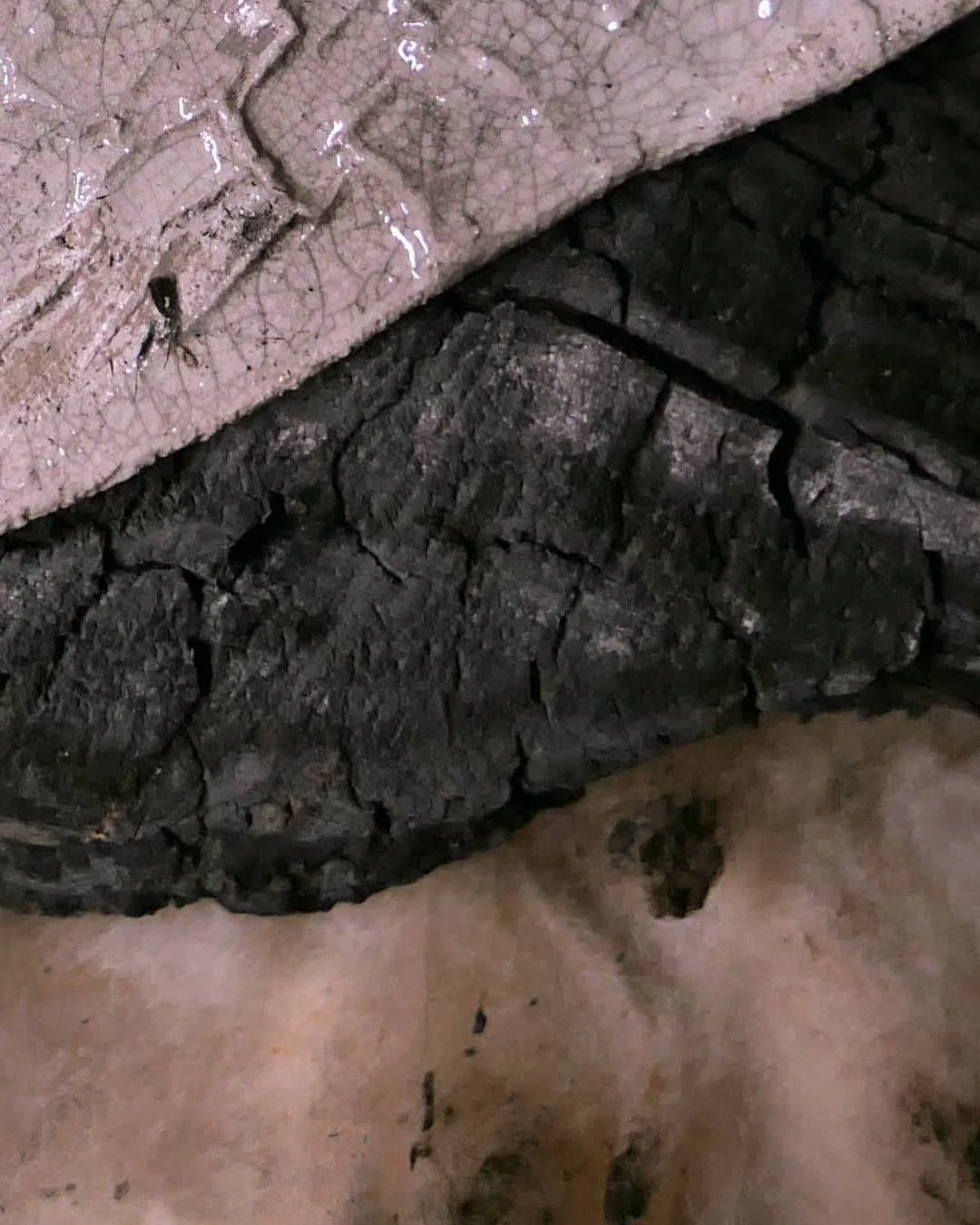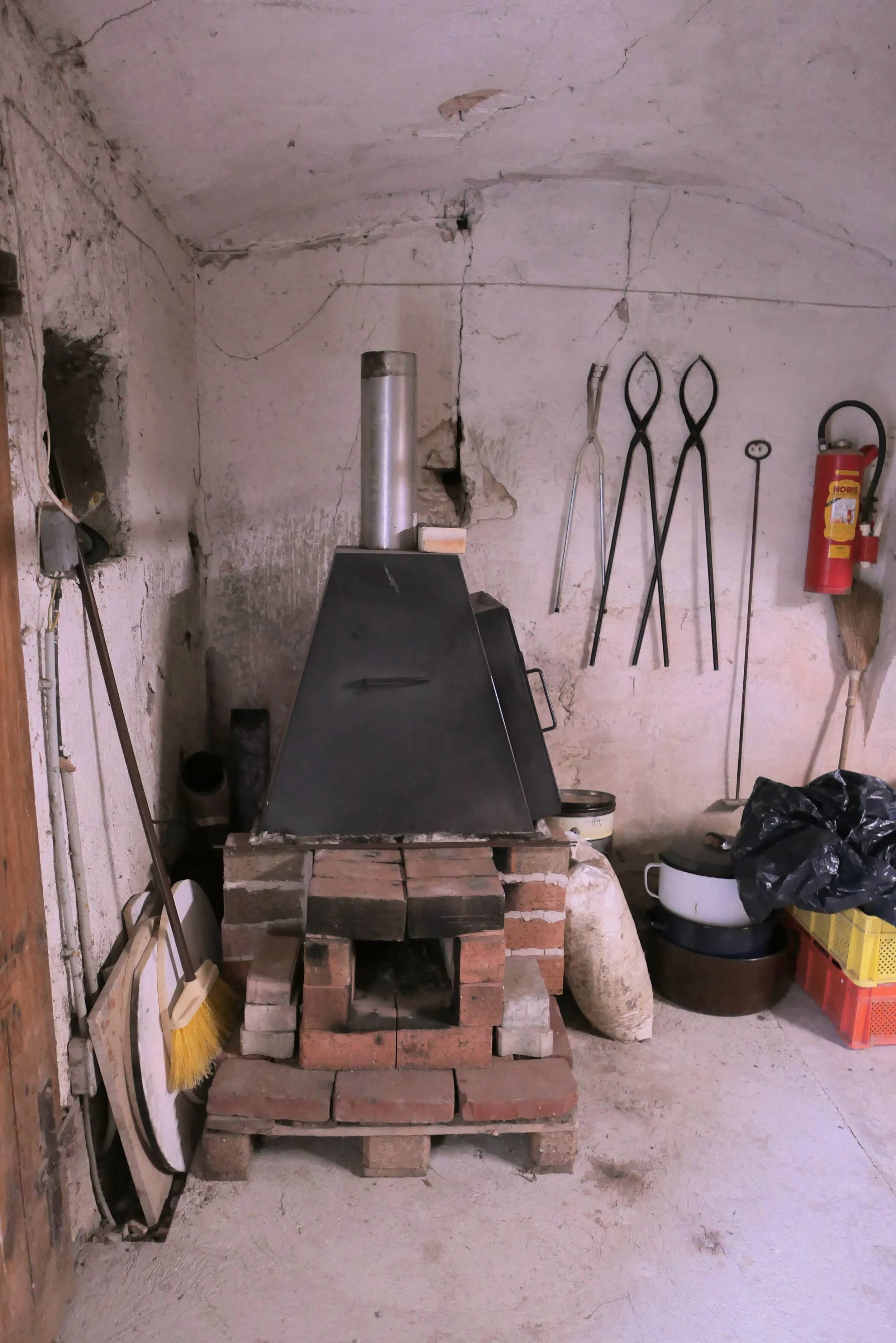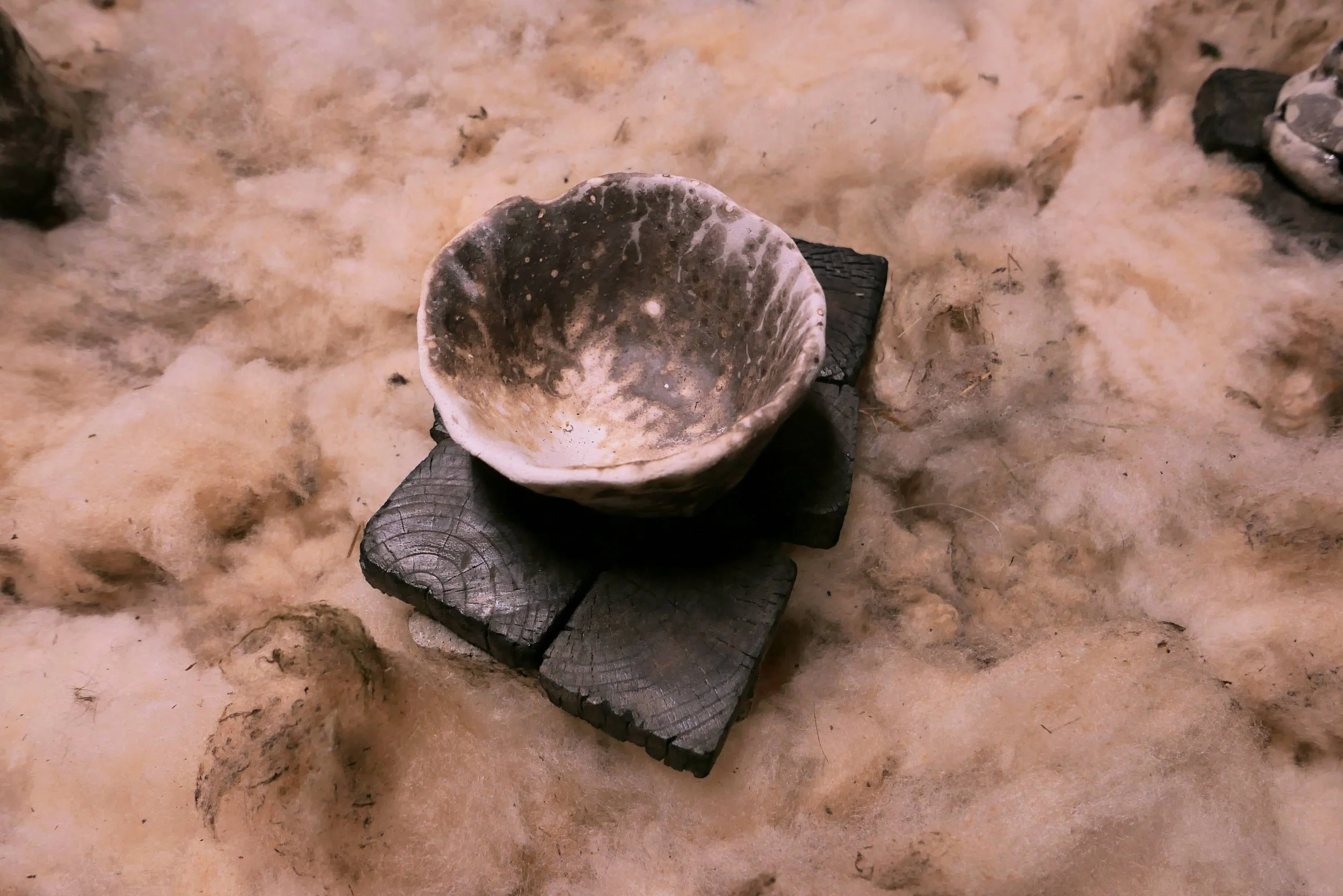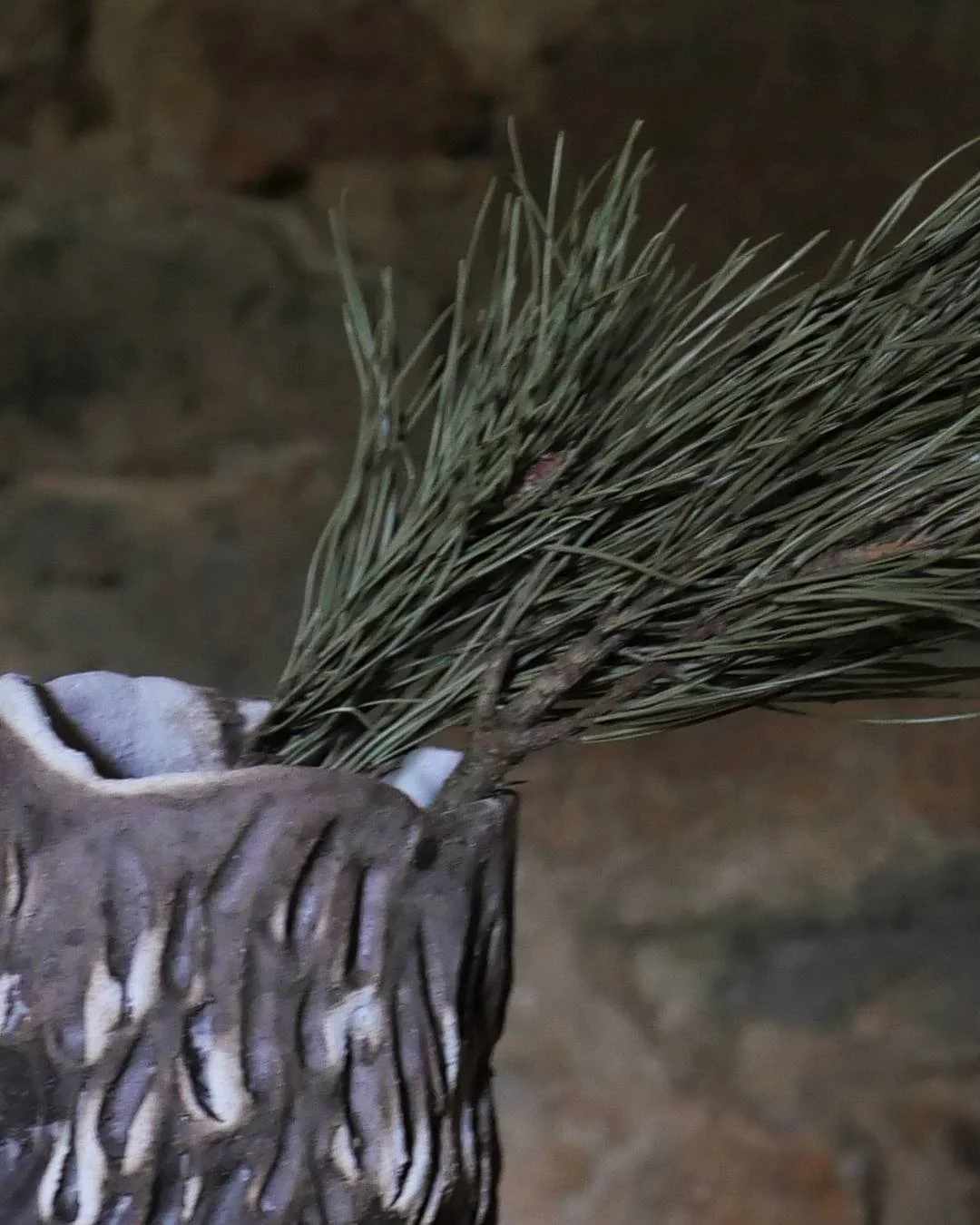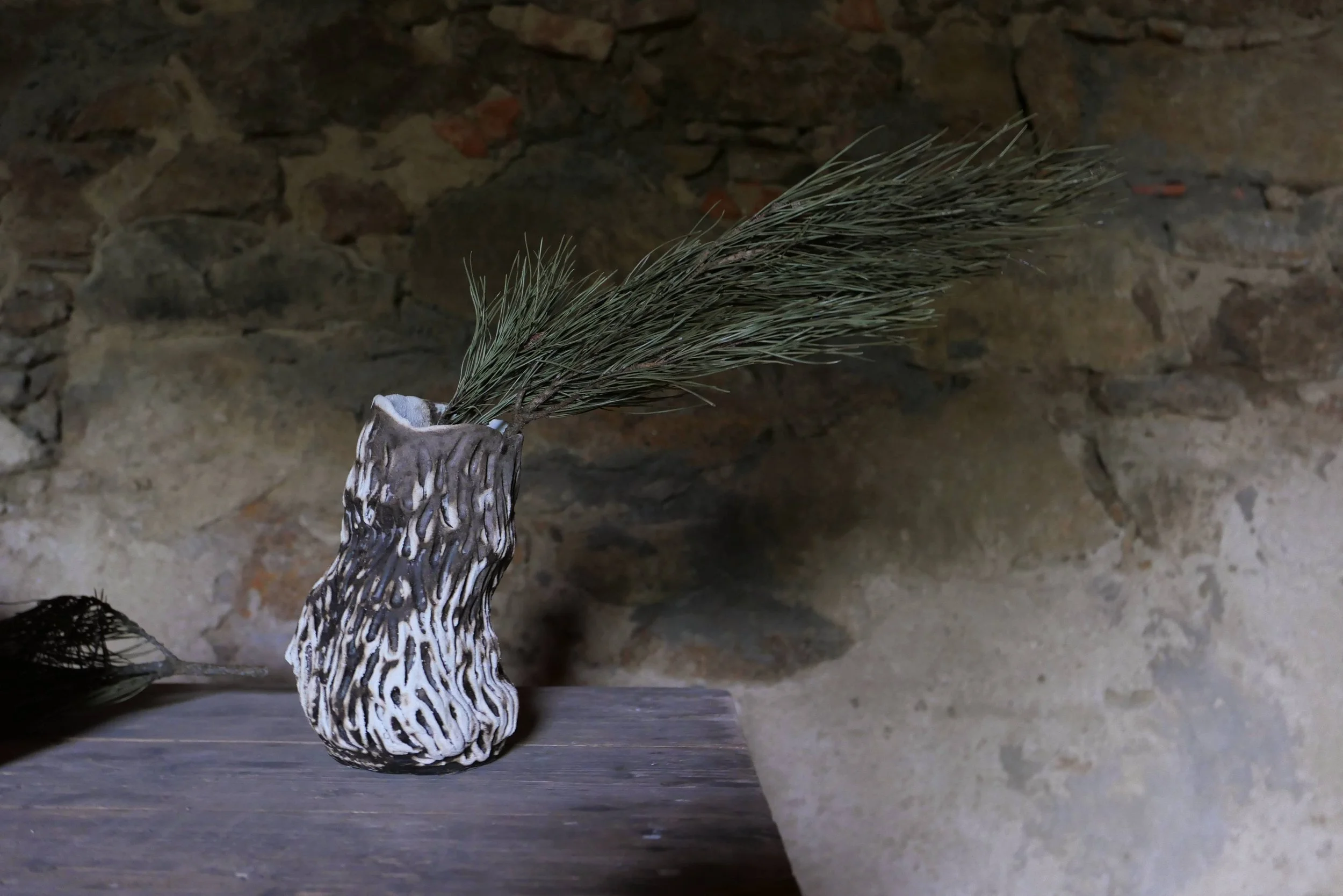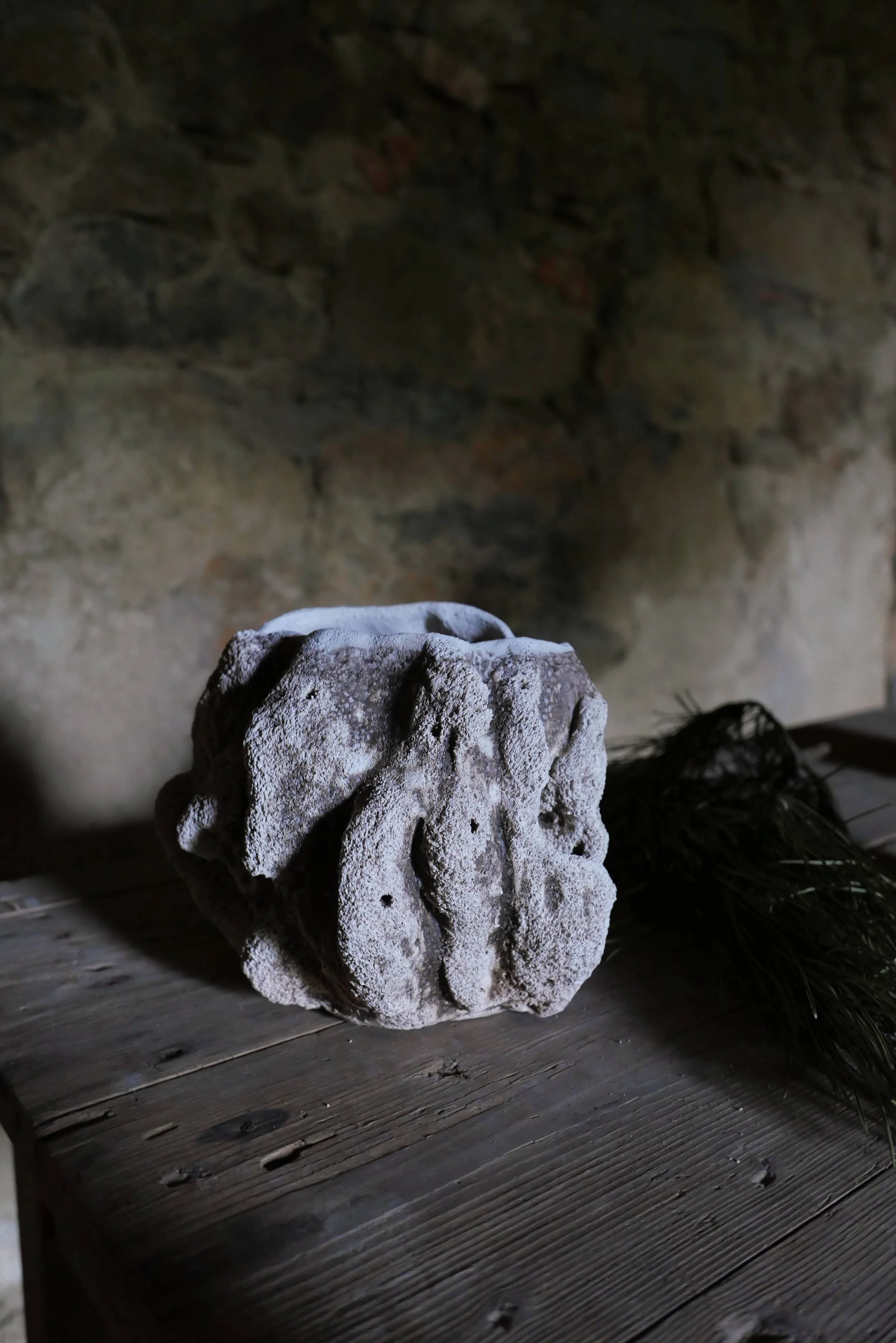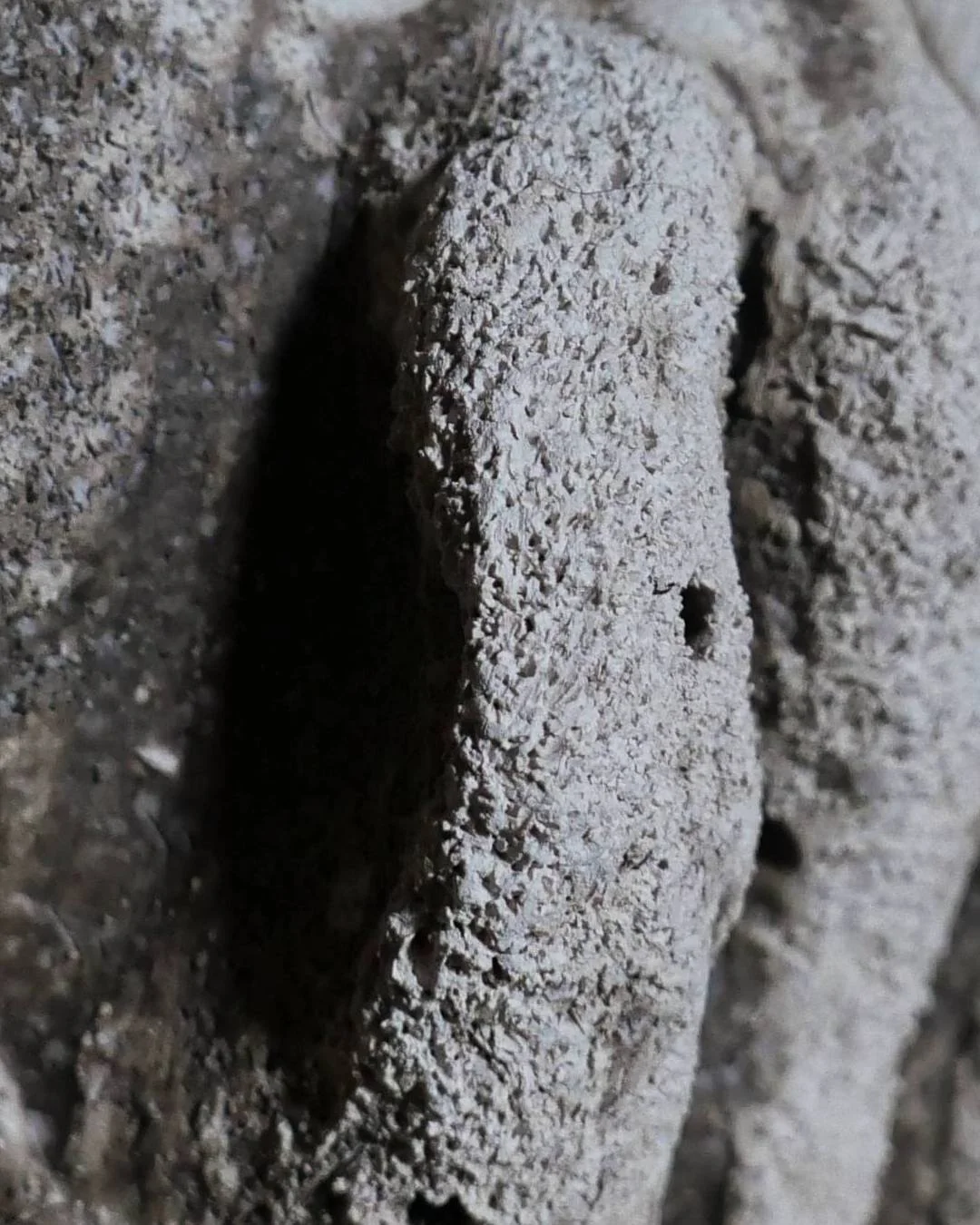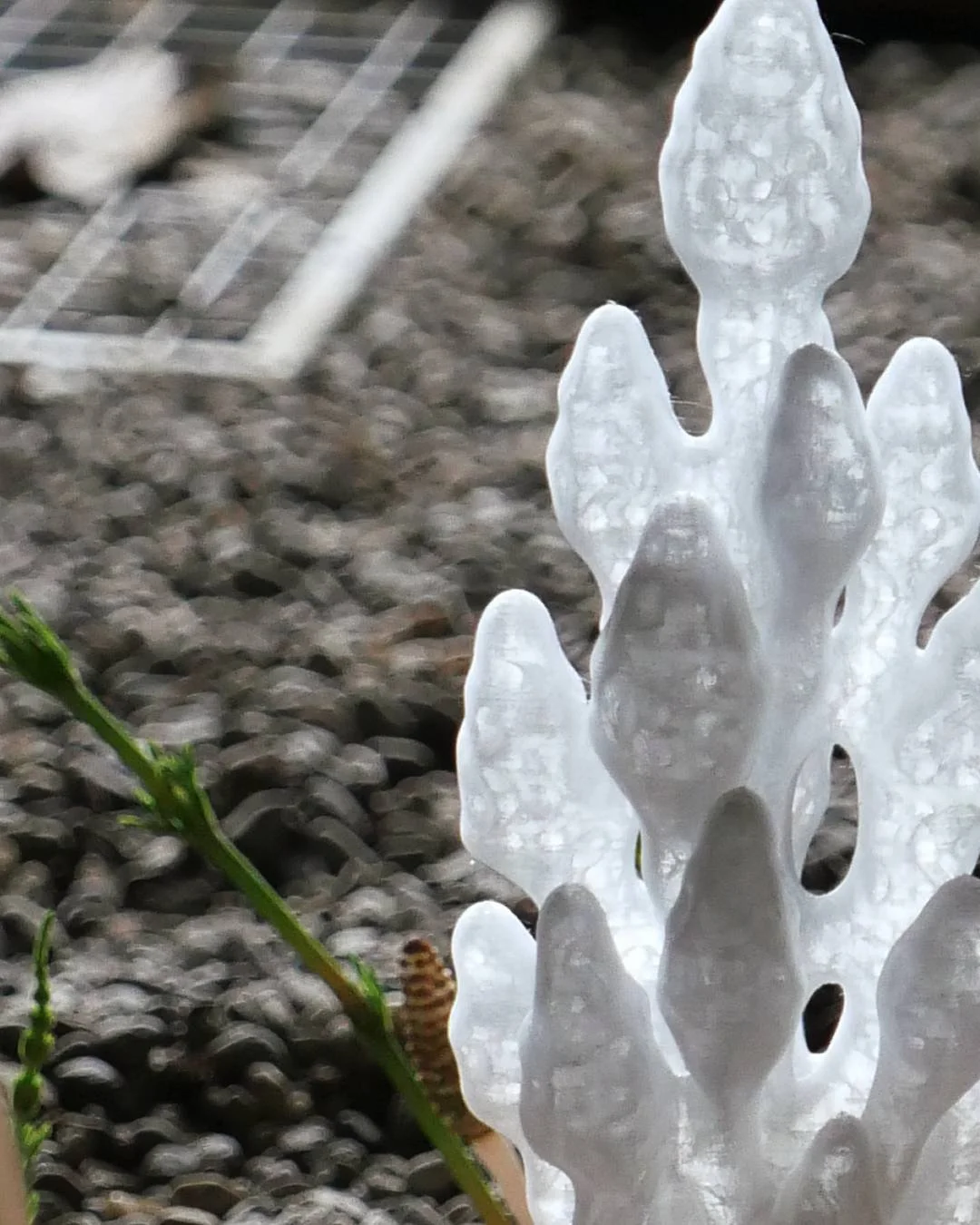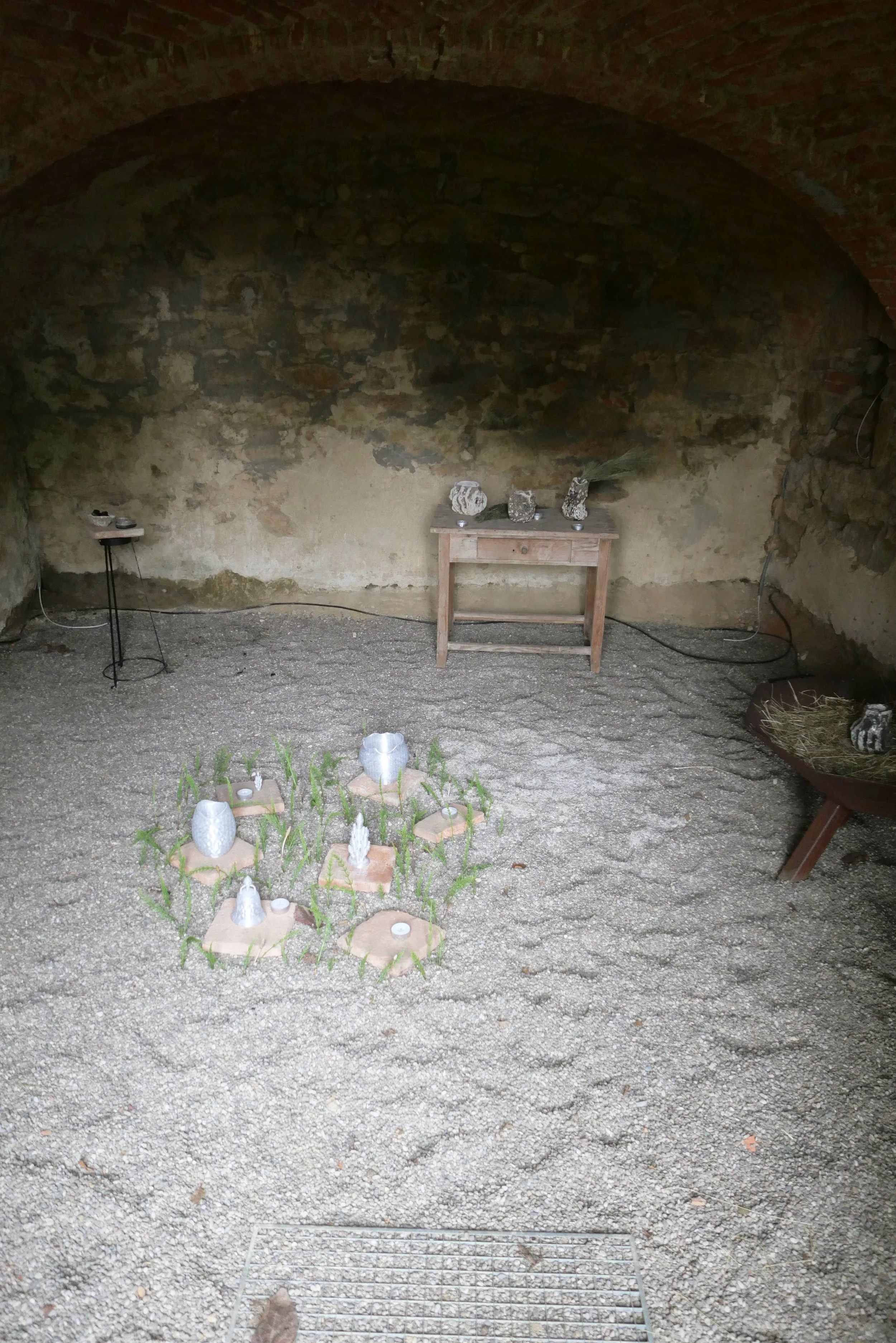
THE WAY OF BELLS
Reimagining lost traditions and our relationship with land and fire
Artistic Residency at FarmLab 2025
The sounds move across the land as a presence of life on sheep neck. The sheep bell is a reminder that the land is not only inhabited, but lived in, traveled through, and shaped by more than just humans. It tells a story of wool, which is not only a story of the sheep, but also a tale of soil, of plants, of tradition and of us.
This project offers a layered interpretation, merging both human and non-human perspectives. It is inspired by two main themes: the burning and landfilling of wool, a quiet crisis unfolding across landscapes throughout Europe.
We slow down.
We listen.
Through the bells, we hear nature speak - through craft, distributed design and local materials. These become tools to reconnect us with our roots and enhance regenerative practices across the design fields. By weaving together elements of fire, local ecologies, and the spirits of FarmLab, we move beyond the boundaries of human-centered design into a field of handcraft, new technologies and interspecies resonance.
Fire is not represented as destruction, but as a mechanism for regeneration, a force of becoming. It touches the clay leaving behind colors, textures, and unpredictable patterns.
Using obvara and raku firing techniques, organic ceramic forms emerge like fragments of an imagined forest. The surfaces calling for local fauna, shaped by glazes infused with horsetail plants and wood ash collected and burned during the residency.
Alongside the ceramics, a series of hand-felted wool vessels made from the wool of local sheep raised the material’s quiet strength and the value of local production.
These are followed by a collection of petri dishes containing soil samples gathered from within a one-kilometer radius around the farm, tiny windows into the microbial life thriving beneath our feet. Part of this invisible world has been transferred onto 3D-printed vessels, an attempt to sense and embody our landscape with the microorganisms we co-inhabit it with.
We invite you to enter two rooms, each forming a part of the residency’s reflection:
The first room presents a landscape of unraveling: the abandonment of wool, shifting rural traditions, and signalizing the change with the sheep bells. Ceramic sheep bells appear deformed alongside living cultures growing in petri dishes marking the tension between presence and absence, sound and silence.
The second room welcomes you into a quiet, symbiotic space. A space not to conquer, but to pass through and eventually leave behind.
We can hear the flock, even when we no longer see them.
The bell’s sound can speak loudly but its absence evokes loss of tradition, abandonment of rural land, or environmental degradation. It is a sensor of what passes through it - animals, microorganisms, humans, through the time.
If the land could sing, it might sound like trembling bells.

The obvara firing process involves scalding the finish on the pottery to seal the porous surface. Similar to the raku pottery process, an art-piece is heated and dipped into a specific yeast mixture before being dunked in water to rapidly cool the piece.
Ceramic forms shaped with obvara and raku firing echo fragments of imagined forests, glazed with particles of wood ash and horsetail plant collected on site. Alongside them, vessels of hand-felted local wool highlight the resilience and overlooked value of this natural material. A collection of petri dishes reveals soil microbes from a 1 km radius around the FarmLab, some of which are translated onto 3D-printed vessels in an attempt to give form to the invisible life around us.
Supported by the Culture Moves Europe and FarmLab.
